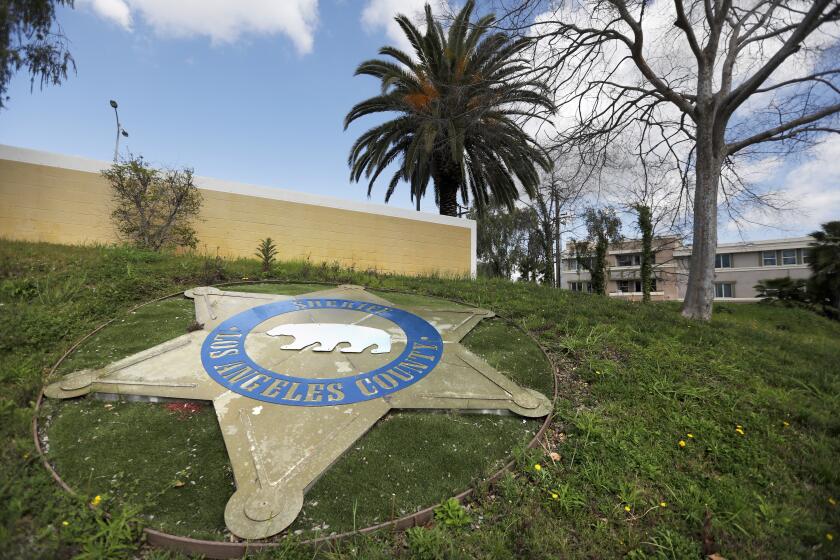Councilmen call for DWP report on water main break near UCLA

Officials say repairs to the UCLA-area water main, which sent 8 million to 10 million gallons of water gushing onto the campus, will take several days.
In response to the pipeline rupture that flooded UCLA, City Councilman Paul Koretz made a motion Wednesday with Council President Herb Wesson for an immediate report from the Department of Water and Power on what caused the break.
Koretz and Wesson also sought information on whether the ruptured line was scheduled for upgrades and a rundown of the DWP’s efforts to replace aging infrastructure and whether they should be accelerated.
The spectacular rupture, which flooded the storied Pauley Pavilion, stranded hundreds of cars in underground garages and is estimated by university officials to have caused millions of dollars in damage, has renewed attention to the aging pipelines running underneath Los Angeles.
The DWP estimated in a report two years ago that 20% of city pipelines were at least a century old. By 2014, it predicted, that number would hit 27%.
Two years ago, the utility had proposed hiking rates by roughly 5% beginning in July 2013, but later abandoned the proposal.
Mayor Eric Garcetti said in April that the utility would not increase water or power rates this year, arguing it needed to rebuild trust among ratepayers first.
Critics complain elected leaders have been too reluctant to boost rates, fearing backlash from voters. Former DWP head S. David Freeman argued that in the past, city leaders had been prone to shun rate hikes even when Los Angeles sorely needed them.
“The reality is that things in the city need attention and you can’t play politics right now,” said Jonathan Parfrey, a former DWP commissioner and director of the organization Climate Resolve. “You have to address the immediate needs of the city.”
Garcetti spokesman Jeff Millman said late Wednesday that any proposed hike this year would not have affected the Sunset Boulevard rupture, since any proposal would take at least a year to be approved.
He added that Garcetti had saved billions of dollars that could be used for infrastructure by negotiating a contract that gave no salary boosts to DWP workers for three years.
Last budget year, the city-owned DWP spent $341 million on water capital projects, including water quality, trunk lines and main lines, he said.
“We are analyzing rate proposals for the next few years,” Millman wrote in an email.
Several council members were hesitant Wednesday to say whether rate increases would be needed to replace deteriorating pipes. Councilman Felipe Fuentes said it was too soon to tell what had gone wrong, arguing the recent rupture shouldn’t be a “catalyst” for a rate hike.
“I don’t think it’s a secret that we have a lot of old pipes and infrastructure,” Wesson said. However, “I want to do this in a methodical and not a knee-jerk fashion. I’m too old for my knee to jerk.”
Wesson, Fuentes and Koretz visited the rupture site Wednesday.
Despite the flurry of interest in aging pipes, some Angelenos remained skeptical that meaningful action would follow.
“Infrastructure is not sexy until it blows up and destroys part of L.A.,” said Mike Eveloff, president of Fix the City, an advocacy group suing the city over its handling of infrastructure repairs and real estate development. “Then everybody forgets until the next one blows up -- and then they go, ‘Right, we need a report.’ ”
For more City Hall news follow @LATimesemily.
More to Read
Start your day right
Sign up for Essential California for news, features and recommendations from the L.A. Times and beyond in your inbox six days a week.
You may occasionally receive promotional content from the Los Angeles Times.







